The historic Gharapjhong Fort in Mustang, a relic of Nepal’s ancient history, is deteriorating due to a lack of conservation efforts. Located in Gharapjhong Rural Municipality-5, Jomsom, the mud-constructed fort dates back to the eighth century and now lies in a state of disrepair.
The fort, near Thini village, served as the center of the ancient kingdom of ‘She-Riv’ before the arrival of Buddhist traditions. Historical records suggest that King Thokerchen governed from this site, which once housed a settlement on the hill. Over time, inhabitants relocated to Syang, Thini, Marpha, Chhairo, and Chimang, collectively known as the five villages of Thak.
Today, only remnants of the mud walls remain, signaling the urgent need for preservation. Rajendra Thakali, a local resident, expressed concern over the absence of concrete conservation plans, emphasizing that preserving the ruins could educate future generations about the region’s history and boost tourism.
Efforts are underway to address the neglect. Gharapjhong Rural Municipality has allocated NPR 1 million for the fiscal year 2024/25 to develop a master plan, construct infrastructure, and promote the fort as a tourist destination. The site is accessible via roads and footpaths from Thinikhola, and a small stupa has been constructed at the fort by locals.
From the fort, visitors can enjoy panoramic views of Jomsom, Thini, Syang, Marpha, Dhumba Lake, the snaking Kaligandaki River, and the Nilgiri and Dhaulagiri peaks. With strategic conservation efforts, Gharapjhong Fort has the potential to become a significant cultural and tourist landmark.

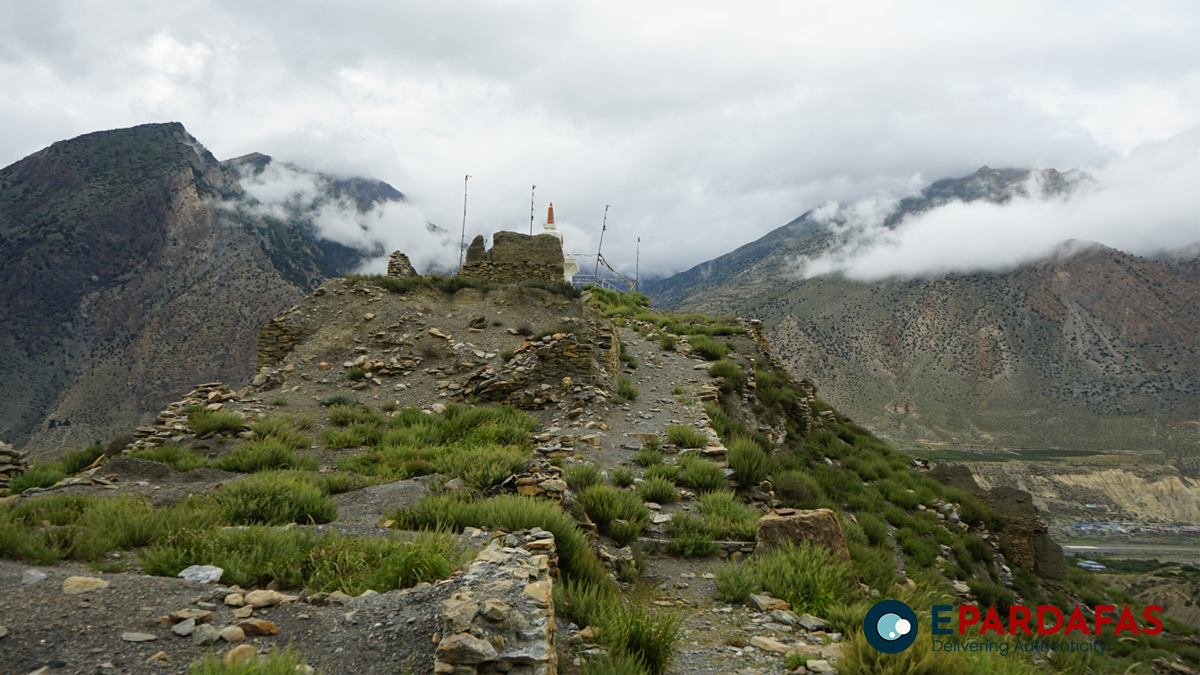
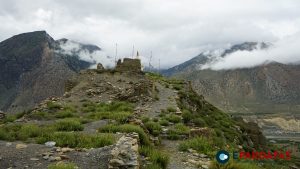
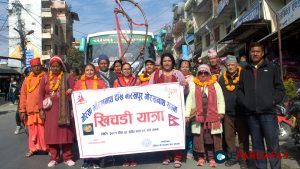

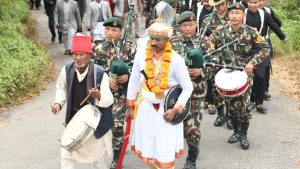
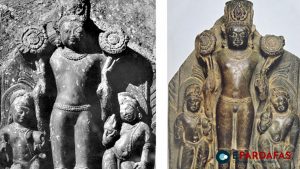







Comments